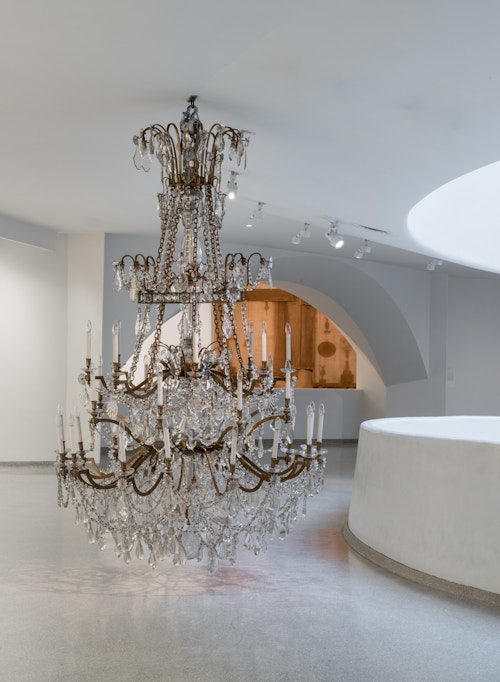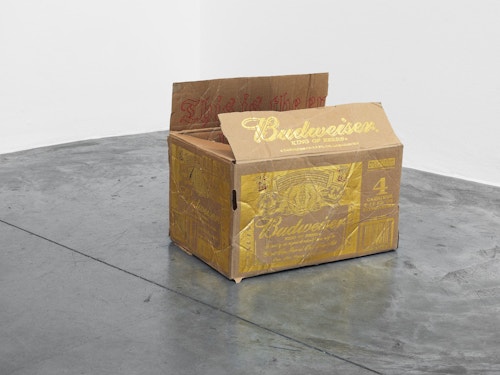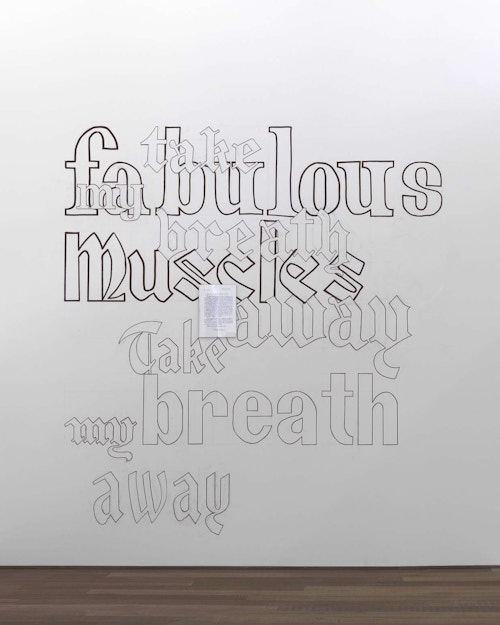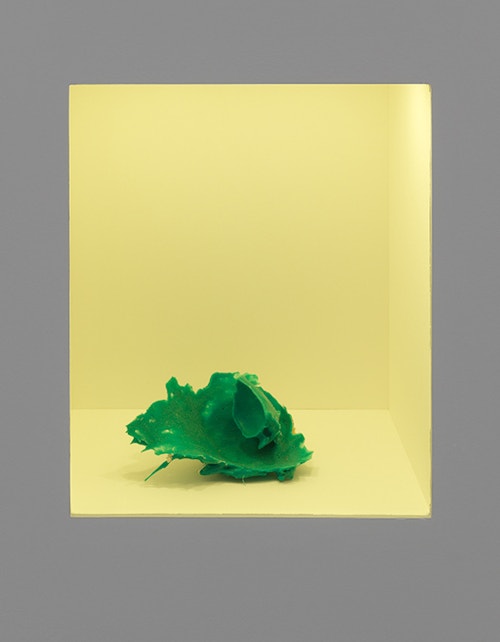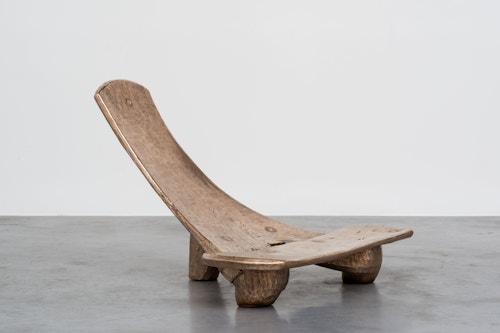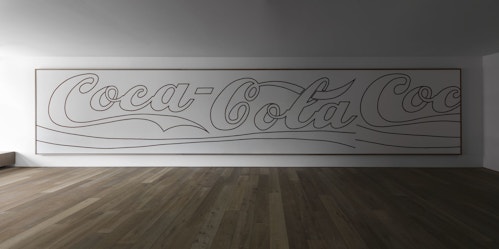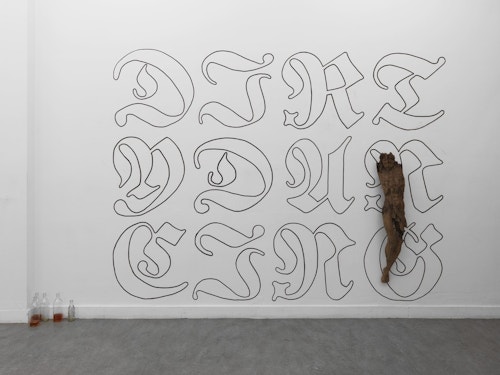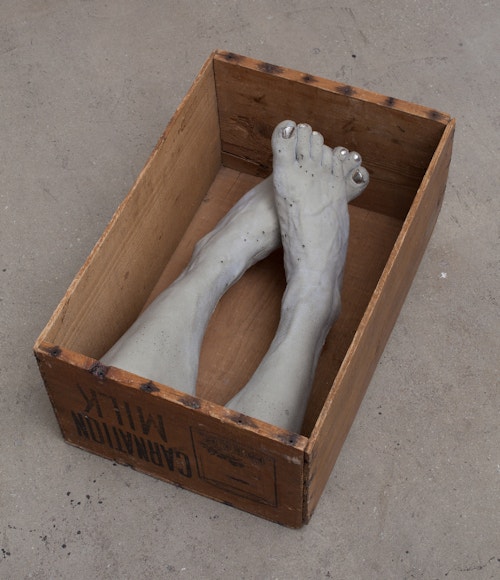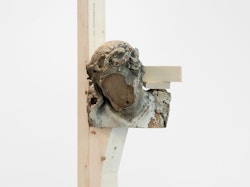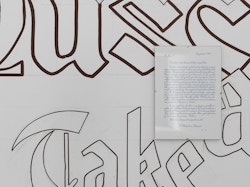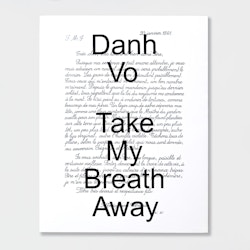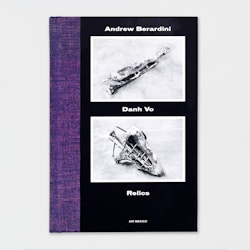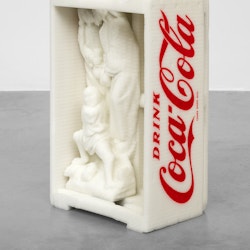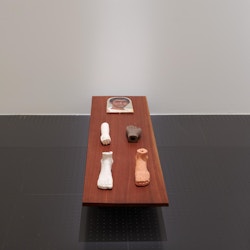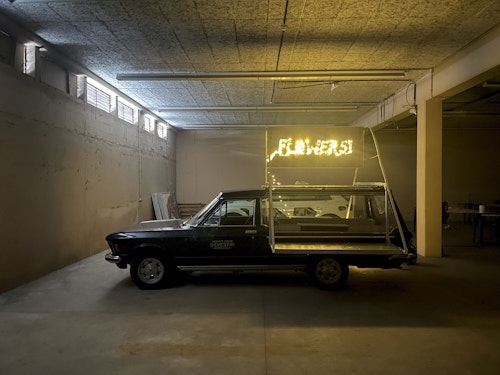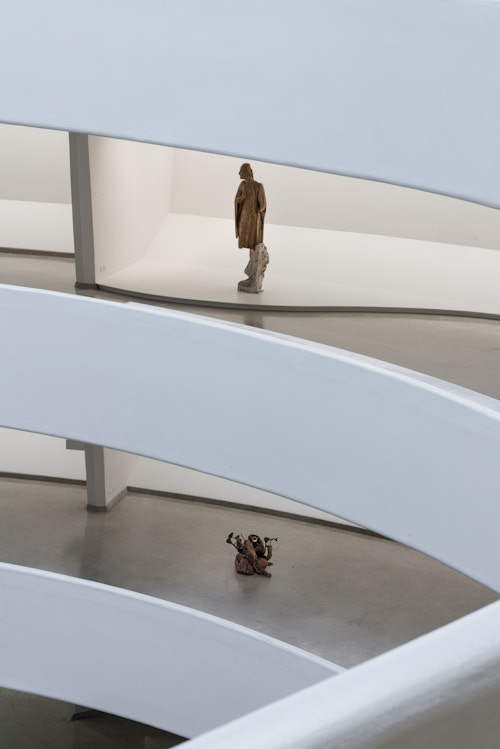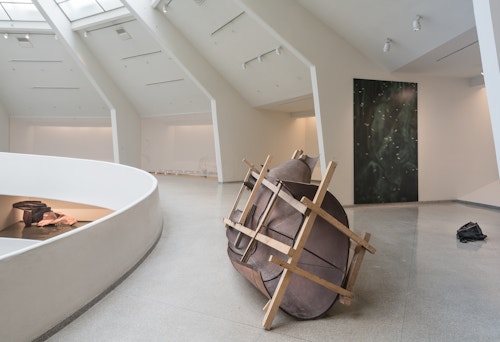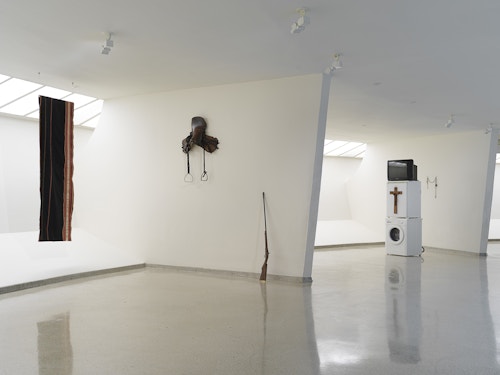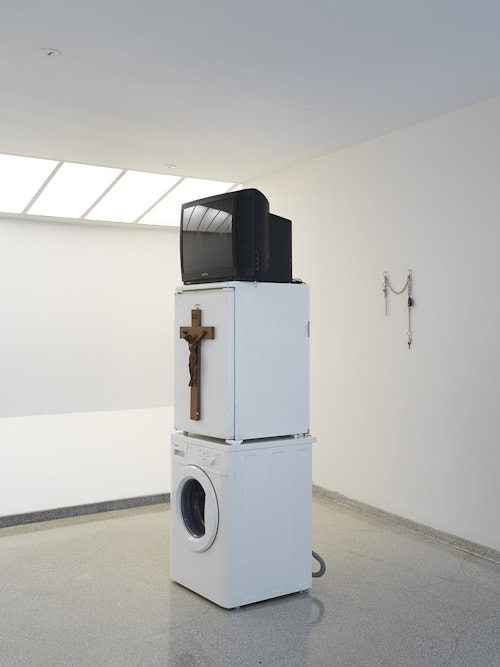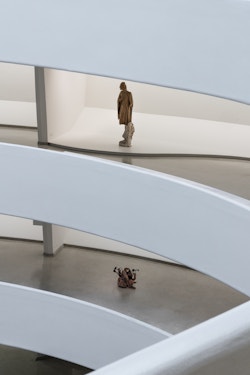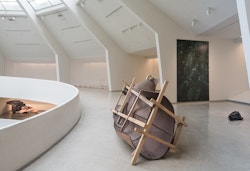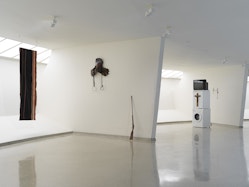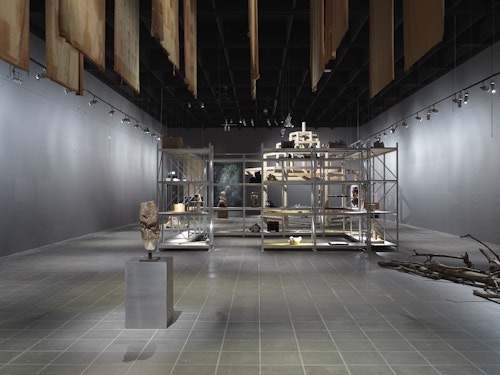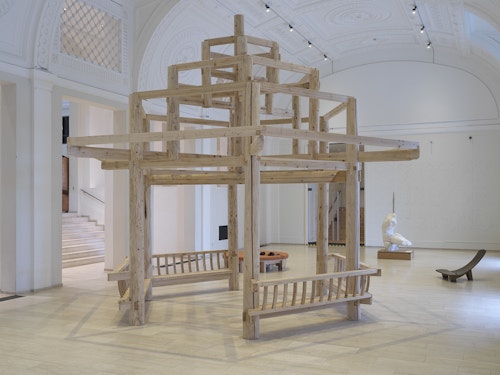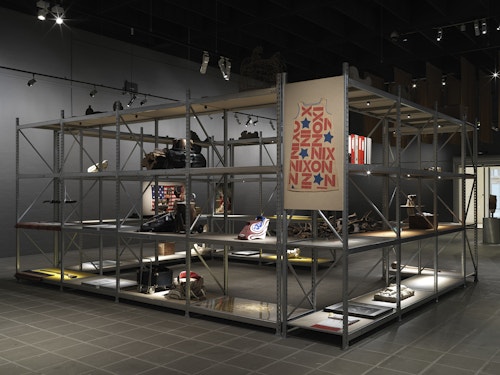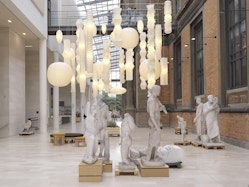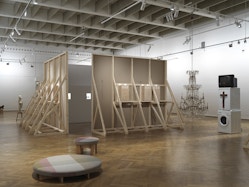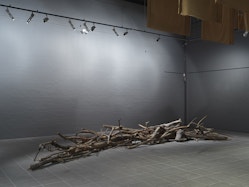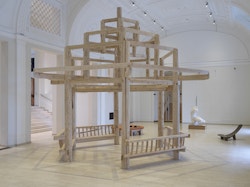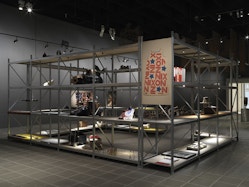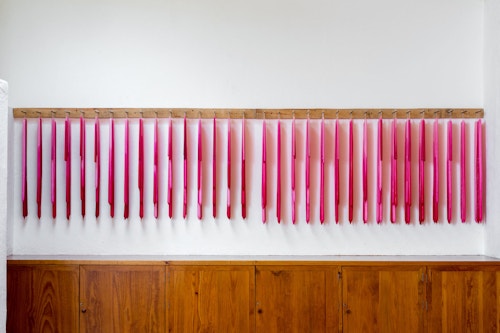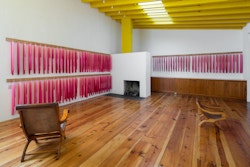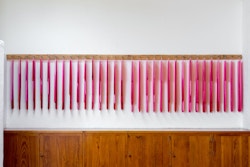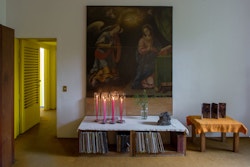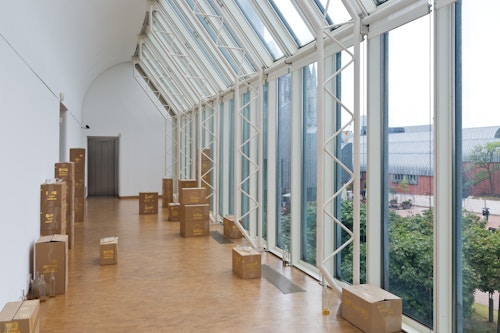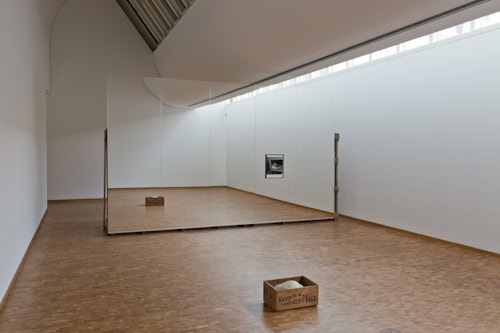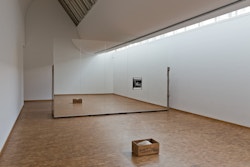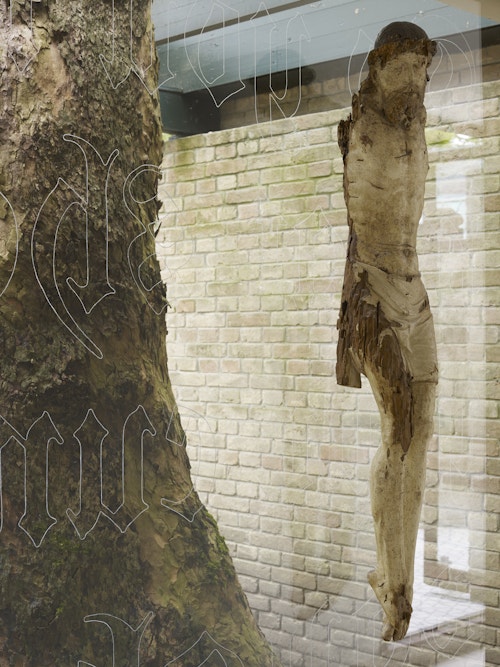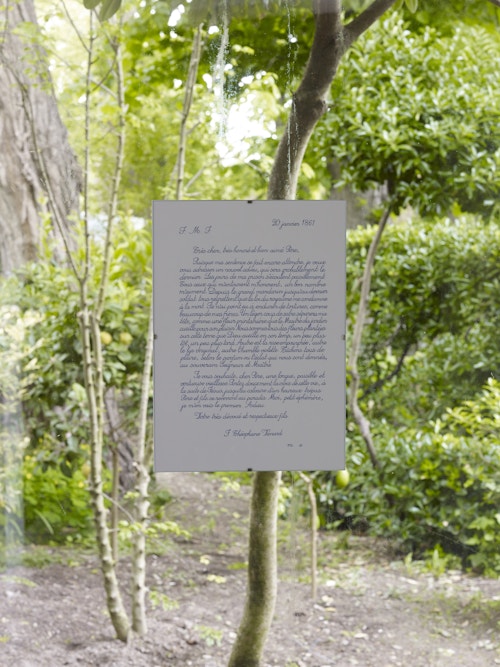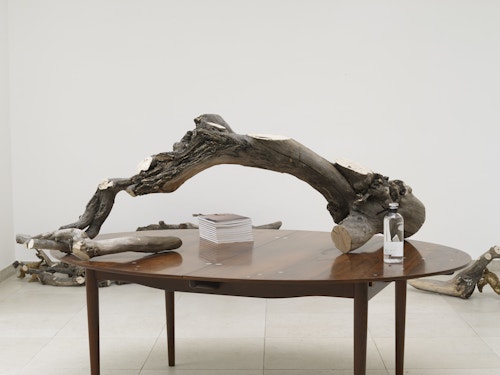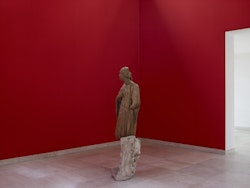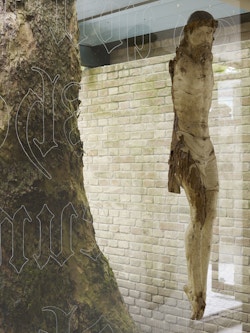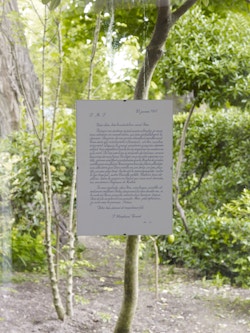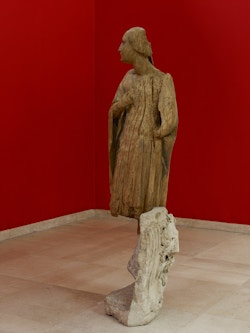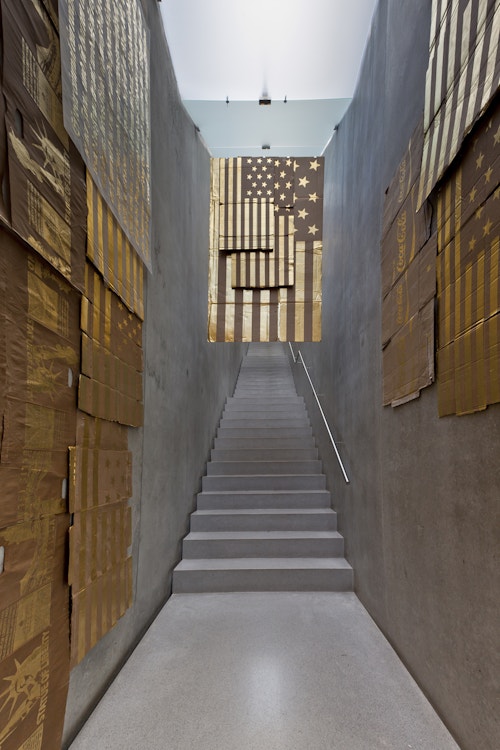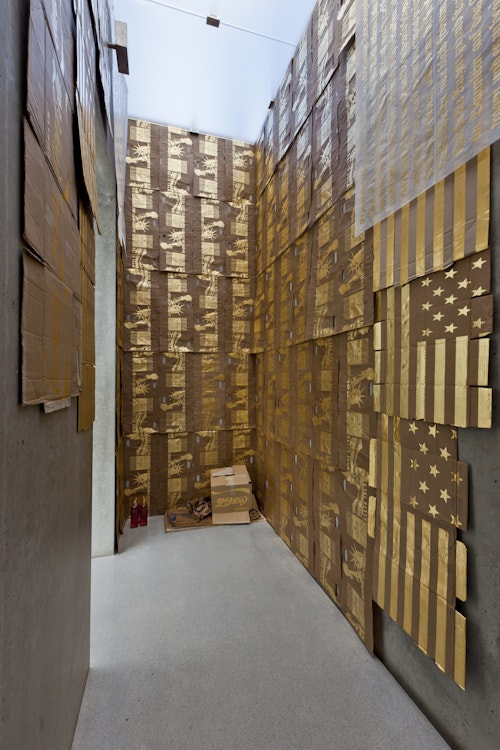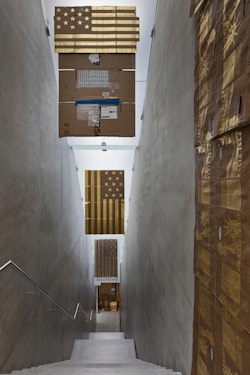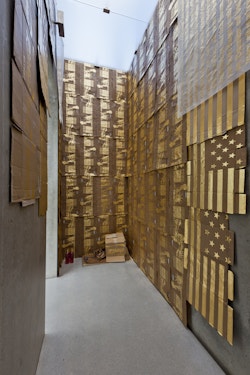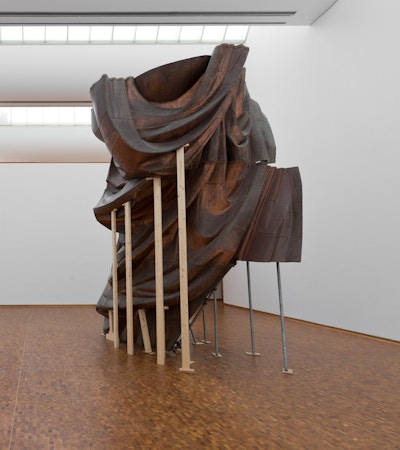
Danh Vō
Danh Vō’s conceptual artworks and installations often draw upon elements of autobiography and collective experience to explore broader historical, social or political themes relating to migration, identification and authorial status. Born in 1975, the year that marked the end of the American Vietnam War, Vō’s family became victims of the Cambodian-Vietnamese War that broke out immediately afterwards. They fled the country by boat when Vō was four years old; he has no memories of his early childhood in Vietnam. The vessel was rescued at sea by a Danish freighter, the nationality of which determined the fate of the refugees—the ramifications of this fortuitous encounter are reflected in the role that chance and coincidence continue to play in Vō’s practice. His work frequently incorporates documents, photographs, found objects (with emotional or historical significance), lettering or appropriations of works by other artists or designers, which have accrued meaning over time, through transfer of ownership or shifting social or cultural contexts. He is particularly interested in the discrepancies between myth and reality, between the past and the present, and between the malleable identities and histories imposed on him by others as well as those that he creates for himself.
Danh Vō (b. 1975, Bà Rja, Vietnam) represented Denmark at the Venice Biennale in 2015 and that same year, co-curated Slip of the Tongue at the Punta della Dogana, Venice. In 2013 and 2019, he participated in the International Exhibition of the Biennale. Selected list of solo exhibitions include M+, Hong Kong (2024-ongoing); Bourse de Commerce, Paris (2023); Mudam Luxembourg (2021); Secession, Vienna (2021); National Museum of Art Osaka (2020); Solomon R. Guggenheim Museum, New York (2018); CAPC, Bordeaux (2018); National Gallery, Singapore (2017); Palacio de Cristal, Reina Sofía, Madrid (2015-2016); Museum Ludwig, Cologne (2015); Musée d’art moderne de la Ville de Paris, Paris (2013); Guggenheim Museum, NY (2013); Art Institute of Chicago (2012); Kunsthaus Bregenz, Austria (2012); Kunsthalle Basel, Switzerland (2009) and Stedelijk Museum, Amsterdam (2008). He was awarded the Blau Orange Kunstpreis der Deutschen Volksbanken und Raiffeisenbanken (2007) and the Hugo Boss Prize (2012).




